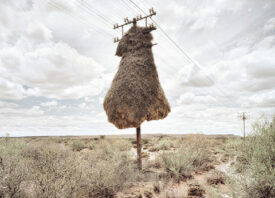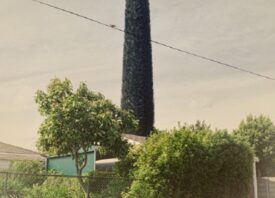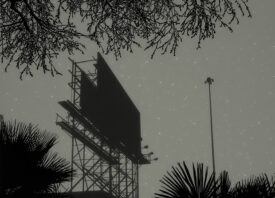Search this site
Examining the Impact of Climate Change On Coastal America


As the poles continue to melt and the glaciers disappear, the ocean creeps forth, reclaiming the land. It is both a natural response to the conditions industrialization has imposed on the planet as well as a biological imperative of Nature to restore stasis where it has run amok.
Unfortunately for us, the consequences are dire. Not only is civilization threatened, wholly unprepared for the change, but the threat of extinction persists as flora and fauna continue to vanish off the fact of the earth. The evidence is here, the time is now, but the powers that be are short sighted at best.
And so it falls to those who are closest to it to sound the alarm, to show incontrovertible evidence that nothing is as it was, nor will it ever be again. In On the Edge: Combahee to Winyah (Papadakis), South Carolinian environmentalist and photographer J Henry Fair has teamed up with the Coastal Conservation League to draw our attention to the impending catastrophe.

More than half of the world’s population lives within 100km of the coast, with more people moving to waterfront cities every year. At the same time, rising sea levels and storm activity worsen at an exponential rate. Infrastructures are unprepared for the coming deluge, despite all we’ve witnessed from Hurricanes Katrina to Maria over the years.
In the United States, coastal counties are home to 39% of the population and contribute 45% of the GDP — yet make up less than 10% of the nation’s land area. Add to this the nation’s response to disasters listed above, and one can’t help but recognize we have passed the tipping point and now it’s simply a matter of time before the next horror occurs.
In the interim, we are charged to call out the truth — things can always be worse. We must work to minimize the tragedy before it strikes. “Change is constant and inevitable, some of it caused by us, other by factors out of our control. Even though much of it is unpredictable, managing change leads to a better result than a laissez-fair approach, whether the change in question is ocean rise or development,” Fair writes.

In On the Edge, Fair has created a fascinating portrait of his hometown of Charleston and the South Carolina shoreline, with its unique barrier islands, marshes, maritime forests, and intricate estuarine systems — much of it shot from above. The use of aerial photography provides a perspective we would never otherwise have on the impact of humanity upon the land.
It is a thing of the sublime, in the nineteenth century sense of the word: the vast, awe-inspiring beauty and horror of ruin that follows triumph achieved through the conquest of a continent, the stealing of land, and the enslavement of the free. Fair dedicates a chapter to the creation of rice plantations and the way they systematically created a manmade landscape.
“The mortality rate of the enslaved labor force must have been staggering,” Fair writes of the true price for establishing American power and wealth for a tiny segment of the population. “By 1760, there were 57,253 slaves among a total South Carolina population of 76,000, with about 30,000 tons of rice being exported.”

His photographs of the old rice fields, since abandoned and transformed into wetland, are silent crime scenes, blood soaked into the water and the land. There’s no knowing what happened here, only the recognition that the inhumanity and greed that fueled this enterprise continues on today.
In the chapter titled “Industry,” Fair looks at the multinational corporations like Boeing, BMW, Google, and Volvo who have brought their business to the region, driving development up and taxing the environment. More than 1,000 pounds of mercury and 60,400 pounds of lead are released within a 100-mile radius of Charleston, largely along the Cooper River industrial corridor.
While it has been extremely profitable to some, we will ultimately have to pay the price for betraying the earth with our insatiable desire for profit. For all we know of the land, we know very little of the oceans, but invariably they will prove to be the greatest teacher humanity has ever encountered. “The oceans always win,” Fair concludes.




All images: © J Henry Fair



